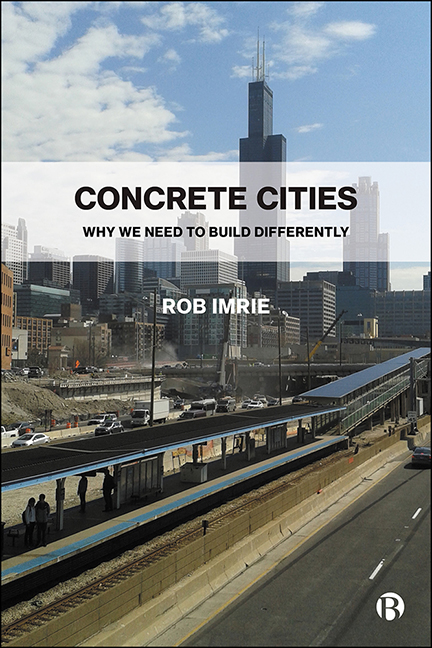Book contents
- Frontmatter
- Contents
- List of Figures
- About the Author
- Preface
- 1 Introduction: The Omnipresent Nature of Building
- 2 The Significance of Building and Construction
- 3 Building and the Construction State
- 4 Speculation and Building Booms
- 5 Disruption, Displacement and Dispossession
- 6 Demolition: Wasting the City and Teardown Building
- 7 Why Building More Housing Will Not Work
- 8 Building That Matters to People
- 9 Constructing for Species Survival
- 10 Building and Construction That Cares
- Notes
- References
- Index
8 - Building That Matters to People
Published online by Cambridge University Press: 30 April 2022
- Frontmatter
- Contents
- List of Figures
- About the Author
- Preface
- 1 Introduction: The Omnipresent Nature of Building
- 2 The Significance of Building and Construction
- 3 Building and the Construction State
- 4 Speculation and Building Booms
- 5 Disruption, Displacement and Dispossession
- 6 Demolition: Wasting the City and Teardown Building
- 7 Why Building More Housing Will Not Work
- 8 Building That Matters to People
- 9 Constructing for Species Survival
- 10 Building and Construction That Cares
- Notes
- References
- Index
Summary
Introduction
In previous chapters, I have set out some of the broader socio-political and economic dynamics and processes that shape the construction of the built environment. In this chapter, I explore the substance of how building and construction can affect people's quality of habitation and everyday lives, and how what we build is significant in shaping human welfare and physical and mental well-being. It is a truism to say that the primary objective of a building is, or ought to be, the facilitation and support of people's functioning and activities. These activities are many and varied, and constantly evolving and changing; yet, buildings and spaces are often constructed in ways that render them static, or impervious to the ways in which people seek to interact with(in) them. From major road systems that do not permit ease of pedestrian access from one part of a city to another, to the construction of buildings with poor acoustics and sound insulation, the design of the built environment is not always attuned to, or understanding of, the sensory nature of the human body.
This point was brought home to me when spending time with Ann, who depends on using her wheelchair to move around the built environment. Ann struggles to get to her local shops because the environment does not enable her to propel her wheelchair with any ease. The pavement outside her house is broken and uneven, and there are no kerb cuts at the main road she has to cross to get to the parade of shops. Ann has to ‘bump down’ the kerb and hope that she does not topple over out of the wheelchair. This is one of many instances in which the design and construction of buildings and space is insensitive to Ann's bodily scale and needs, and has the potential for harm and hurt. Similar experiences were described to me by Reiko, who, as a vison-impaired person guiding me around Tokyo in July 2014, highlighted physical obstacles, including poorly sited street furniture, and said, “I walk every day in places not designed for people like me, everything is cluttered and I am always walking into things.”
- Type
- Chapter
- Information
- Concrete CitiesWhy We Need to Build Differently, pp. 156 - 183Publisher: Bristol University PressPrint publication year: 2021



